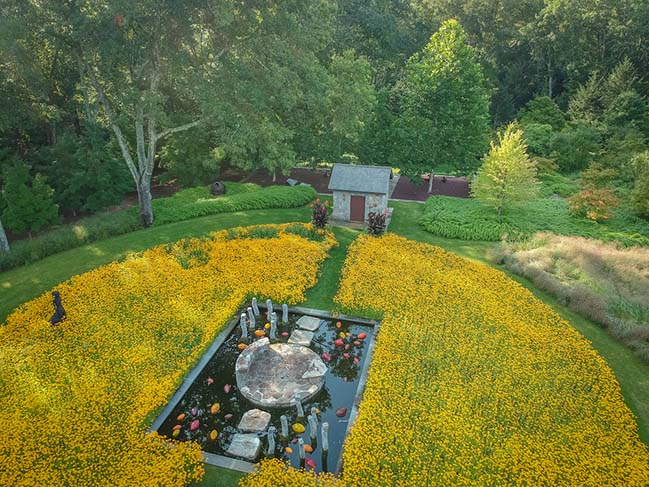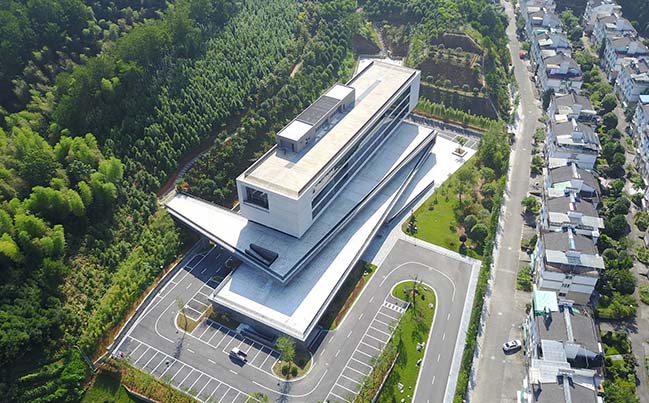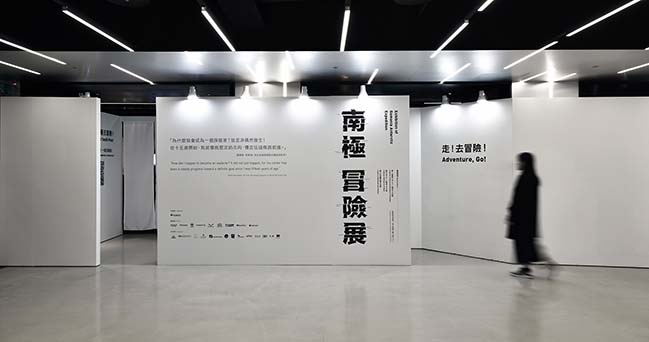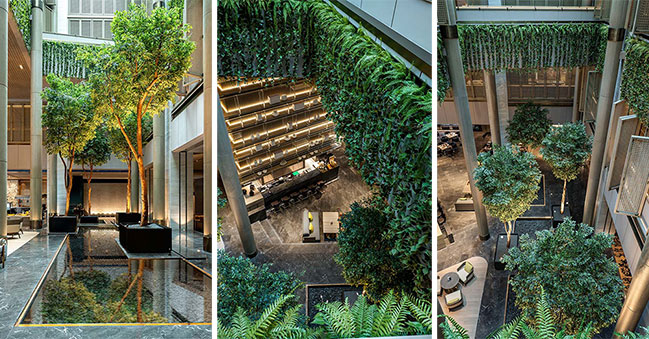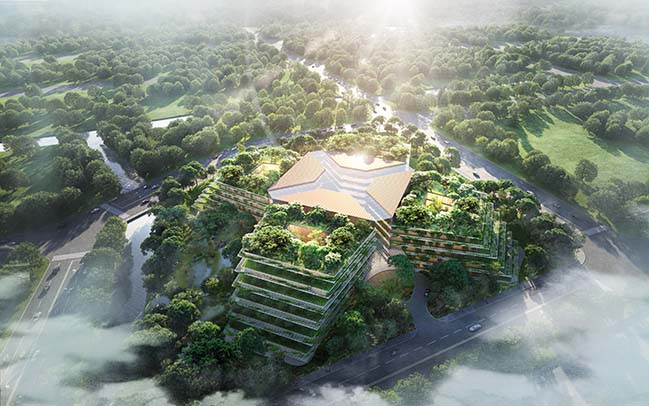07 / 28
2019
The first Canopy hotel in Asia Pacific - Hotel Canopy by Hilton Chengdu City Centre is located in the city that is customer-focused that emphasized on the experience of 'body', 'heart', 'senses' and 'enlightenment'...
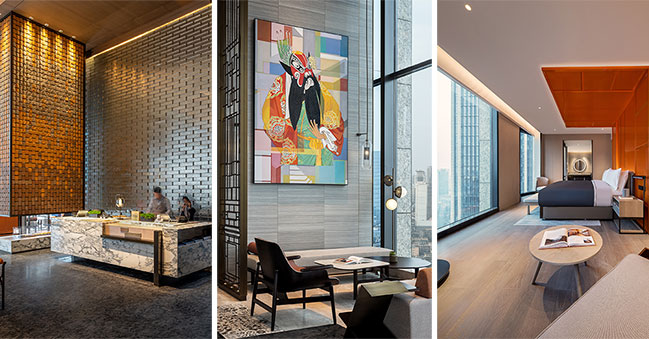
Interior Design Firm: CCD / Cheng Chung Design (HK)
Location: Chengdu, China
Year: 2018
Project Area: 15,500 sqm
Photography: CCD, Canopy
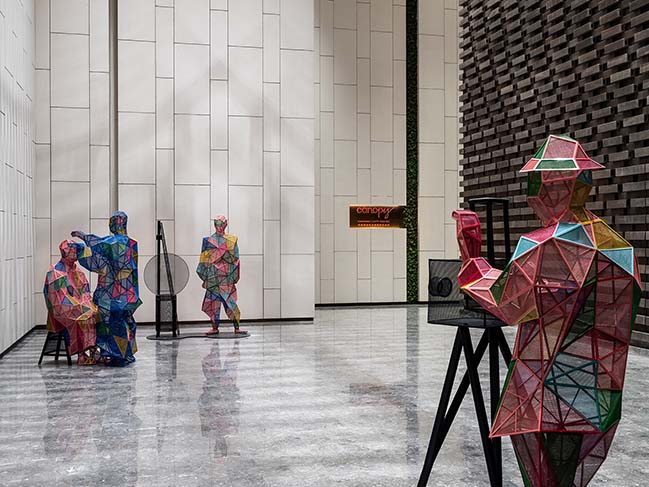
Fom the architect: The interaction of ancient and modern, the mutual penetration of art and life, the compatibility of local and world, all of these has created the rich texture and unique impression of Chengdu. It is not a surprise that Chengdu has always been ranked at the top for the charming cities in the world for many years. The first Canopy hotel in Asia Pacific – Hotel Canopy by Hilton Chengdu City Centre is located in the city that is customer-focused that emphasized on the experience of 'body', 'heart', 'senses' and 'enlightenment'.
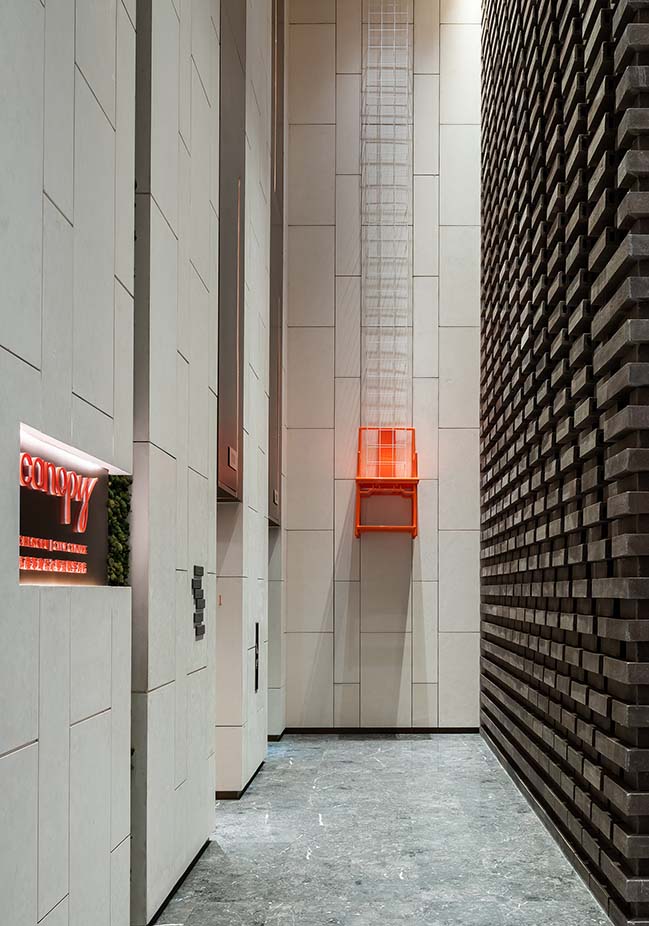
The design of the hotel blends Chinese and Western charms, intertwined with old-fashioned feelings and vitality, elegant and unconventional style, bringing guests a lively Chengdu style and the comfort and warmth of home.
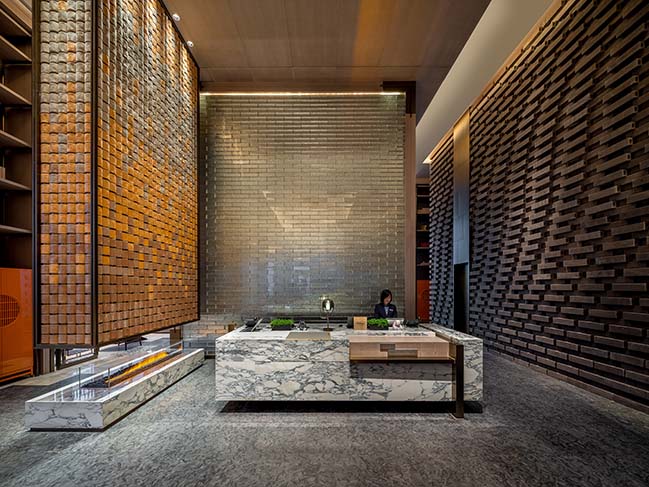
Brick is the oldest architectural element. The 400-meter east-west facing wall of Chengdu 'Jin' Alley is the only brick wall museum in China. It represents not only architecture and art, but also the memory of a city.
Love of Chengdu, Memory of the Imperial City
Chengdu, the starting point of Silk Road 2000 years ago, during the time of Ming Dynasty, on the southwest of Tianfu Square was the imperial city of the Kingdom. Looking from the city wall, the city is full of blue bricks, tile houses, and courtyards, there are street hawkers on the old streets selling their products, and when the sound of ancient temple bells spreads, adding an ancient charm to the city of Chengdu. After a series of historical changes, during the reign of Kangxi Emperor and Qing Dynasty, the Imperial City was converted into a "Gong Yuan", which is a site for the imperial examination.
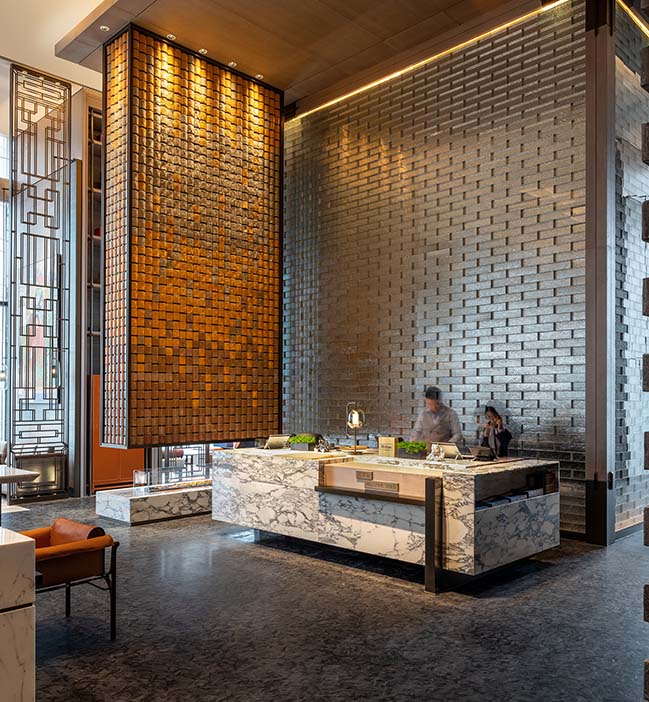
Superior Location
Located in the heart of the city's central axis and across the bustling landmark of Tianfu Square, Chengdu's Hilton Landmark Hotel is within walking distance of many cultural highlights including the Chengdu Museum, People's Park, Qingyang Palace, Kuanzhai Alley and Chengdu's largest temple, Wenshu Yuan Monastery. Excellent location links to local neighborhoods, allowing guests to easily integrate into local culture and experience the most authentic Chengdu life.
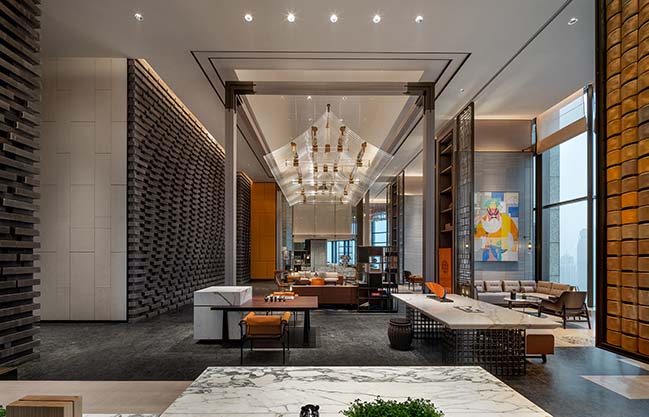
Scholars go to the city for the imperial exams
The design revolves around the story of "the scholar goes to the city to take the imperial exam", traversing the memory corridor of the imperial city, capturing the auspicious details hidden in the green brick wall, on the street view of the market, in the peddler stall and the courtyard. The history of the hotel has been reconstructed, while exploring and re-writing the new story of the Imperial City memory.
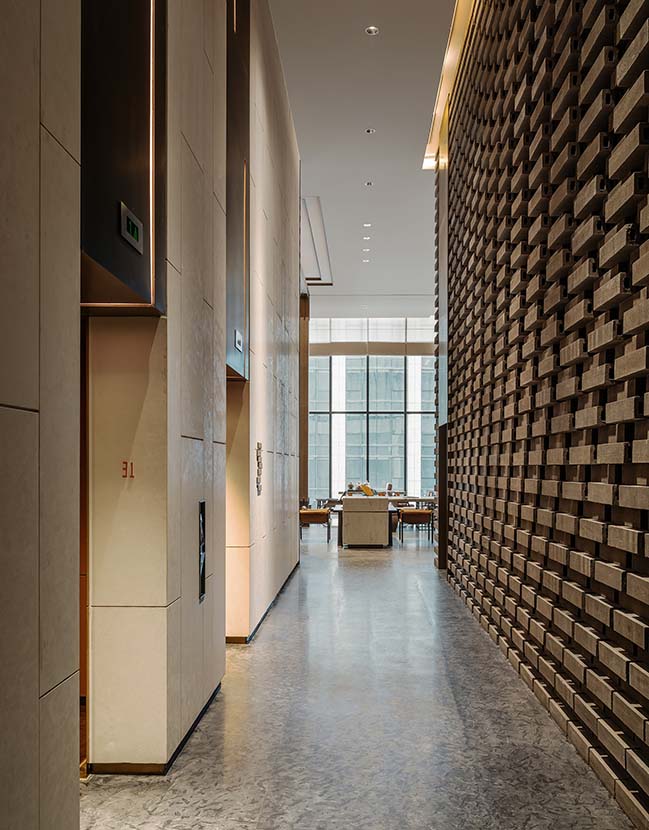
Reception lobby: cross the city wall, entering the imperial city and start the journey to the imperial examination. Along the roadways, with green bricks, grey tiles, wooden doors, bronze rings, street hawkers, and oblique sunshine, guests would seem to see the scholars walked toward the direction of 'Gongyuan'.

The artwork: with modern techniques to present the beauty of lines and frame structure, echoes with the art installation in the 1F elevator hall.
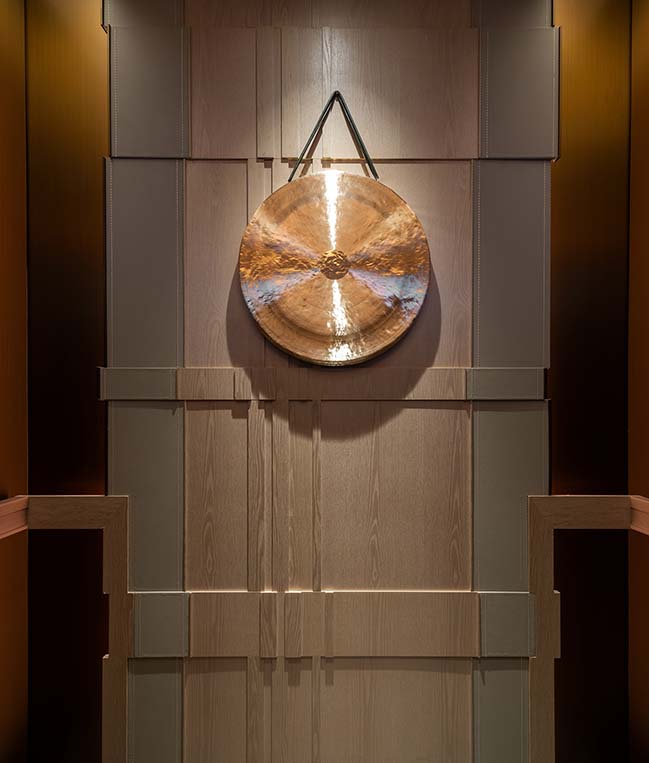
Entering the elevator, guests would be surprised to find a golden gong hanging up, which signifies having a good result in the imperial examination and good fortune.
Canopy Central: Along the way scholars rushing to the Imperial Exam, they finally arrived at the Tianfu market, a lively and interesting market with a variety of goods.
Canopy Central on the 31st floor is a brand-name public space, including reception area, lobby bar, all-day-dining restaurant, lounge, multi-functional conference area, transfer lounge, where is dedicated to provide a place for guests who have to stay for a while to check in after arriving at the hotel or check out, they are free to wash, temporarily store their luggage and rest.
Diversity and openness are the characteristics of this place. Designers introduce the concept of ancient markets into the passionate and energetic Chengdu culture. With exquisite observations and historical memories as the inspiration, the design combines the imagery of the East and the West, the past and the modern scenes of the city.
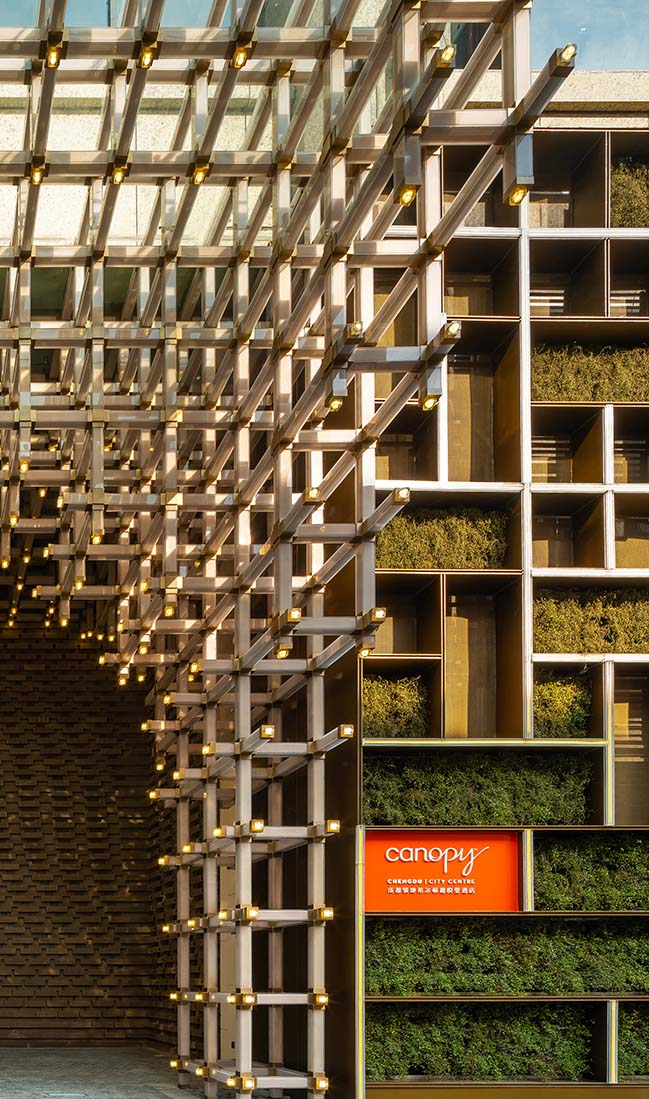
A row of green bamboos is in front of the drop-off area of the hotel, which forms a shadow that can different from the outside world, leaving the prosperous shackles behind, creating a leisurely temperament that calms and slows you down. The design of the door canopy derives from the elements of the arch, and the bags of the ancient scholars, using columns of the wooden strips, interspersed, and laminated to reproduce the beauty of Chinese classical architecture.
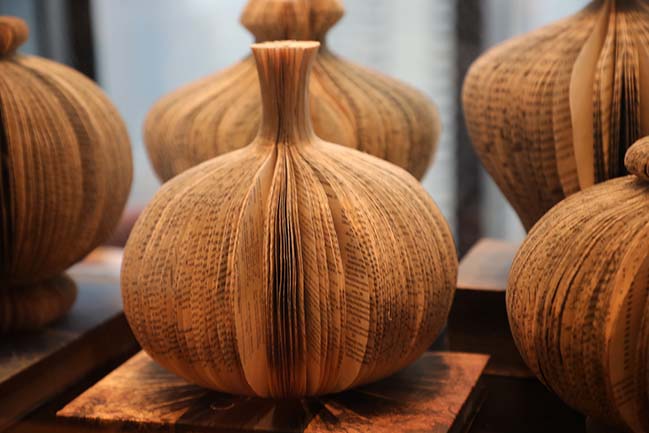
The unusual experience would definitely be Canopy's greeting to Chengdu's chic opening, which is artistic, and courteous. The first floor reception hall is designed as an art exhibition hall, creating a humanistic space under the artistic conception. Up to 9 meters in the reception lobby, recreating the historical streetscape of the old imperial city. The streetscape of the past is vividly displayed in front of the guests, under the large art installation of the roof, to open a dialogue of time and space. The chair hanging in the elevator hall is a reproduction of ancient 'Gongyuan' scenes by modern artistic techniques.
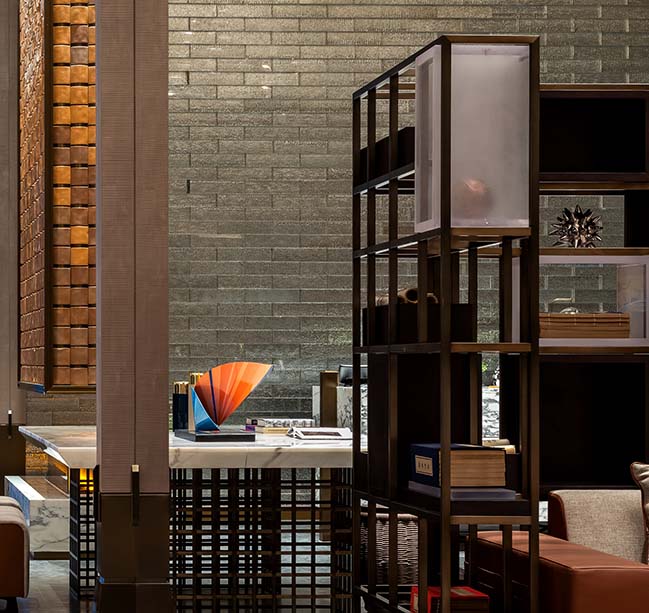
The furniture and artworks of different shapes and styles are ingeniously balanced, the color and story is balanced with free and vivid vitality, and the guest can feel charm of Chengdu is everywhere. A bamboo chair of Dayu Shi, a chessboard, a cup of tea, are all narrating the leisure on the streets of Chengdu.
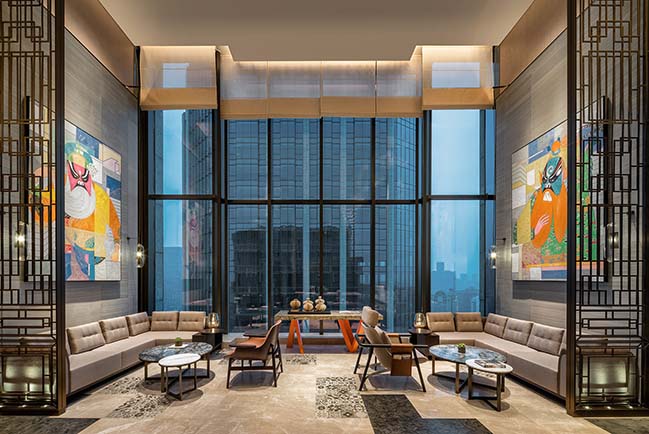
"Nothing is idle, watching drama and eating tea" perfectly explains that drama is an indispensable part of leisure and comfortable life in Chengdu. The art of public space is based on the theme of "Hundreds of Plays", and works with artists to use art and design, colliding with the Bashu culture. The elements of opera culture such as 'Feng Guan Xia Pi’ can be seen throughout the design.
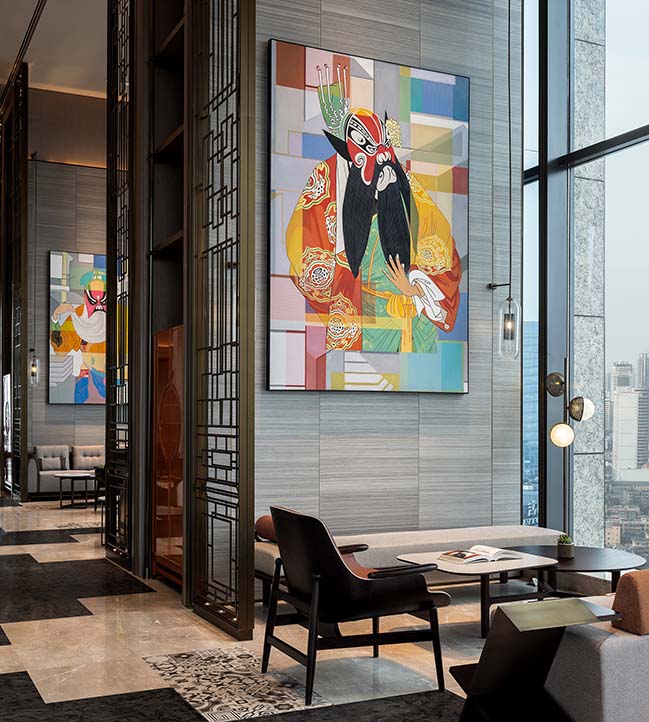
Here, the Sichuan Opera element is no longer a solidified tradition, but a living soul, full of emotional color, and a rhythm of visual newness. The metal byobu in the lobby bar decomposes and reorganizes the traditional doors and windows with modern design techniques.
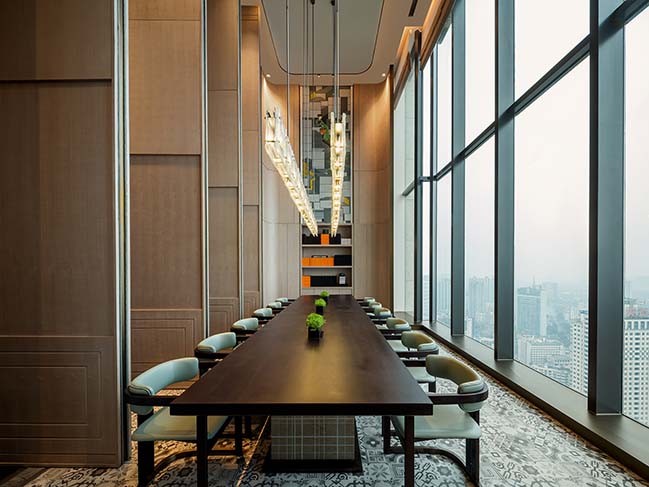
[ VIEW MORE CCD / CHENG CHUNG DESIGN (HK)'S PROJECTS ]
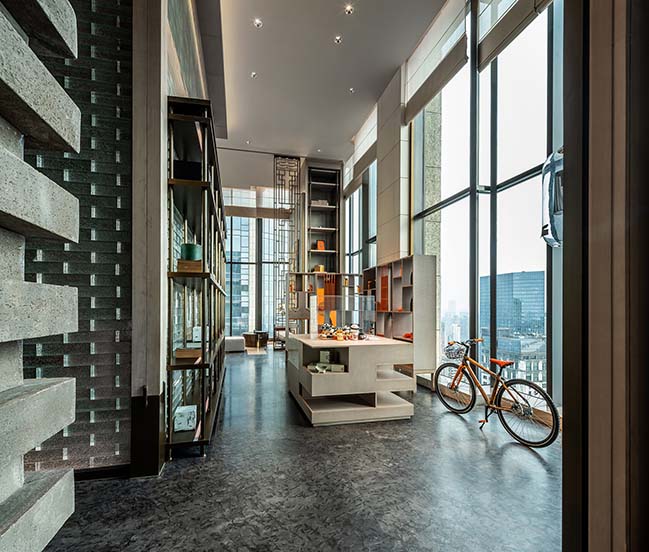
Canopy bike: The hotel collaborates with handcraft artist to create a hotel-specific bike made of bamboo. Guests can rent these designers' bikes to explore the city.
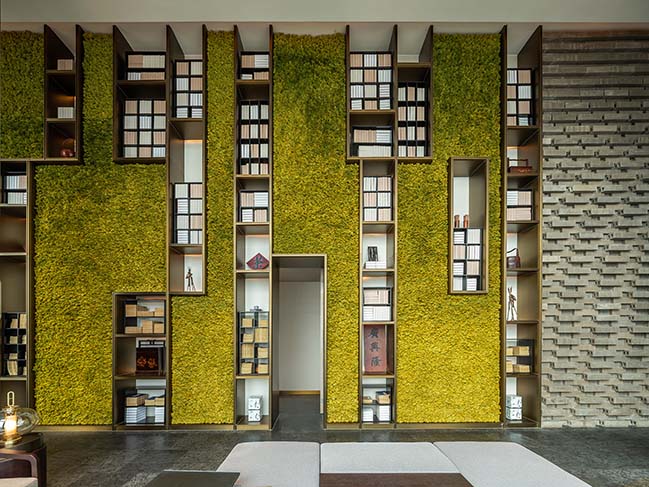
All-day-dining restaurant: Inns and attics along the road of the market are open to welcome guests, as well as orderly arranged food utensils... Create an ancient kitchen life atmosphere of Chengdu.

Dandan noodle, is a famous cuisine in Chengdu, the name is originated from the hawker who sells noodle on the street. The restaurant is equipped with a load of noodle artworks. The lines are like noodles coming into the pot, showing the characteristics of Chengdu's cuisine.
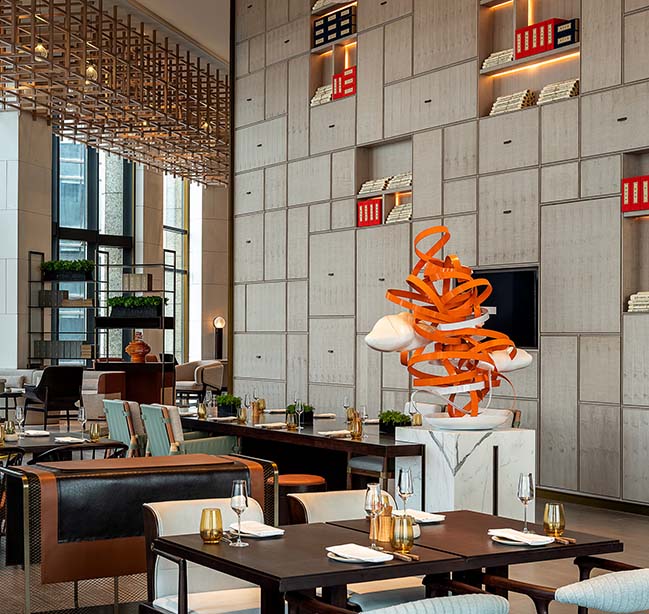
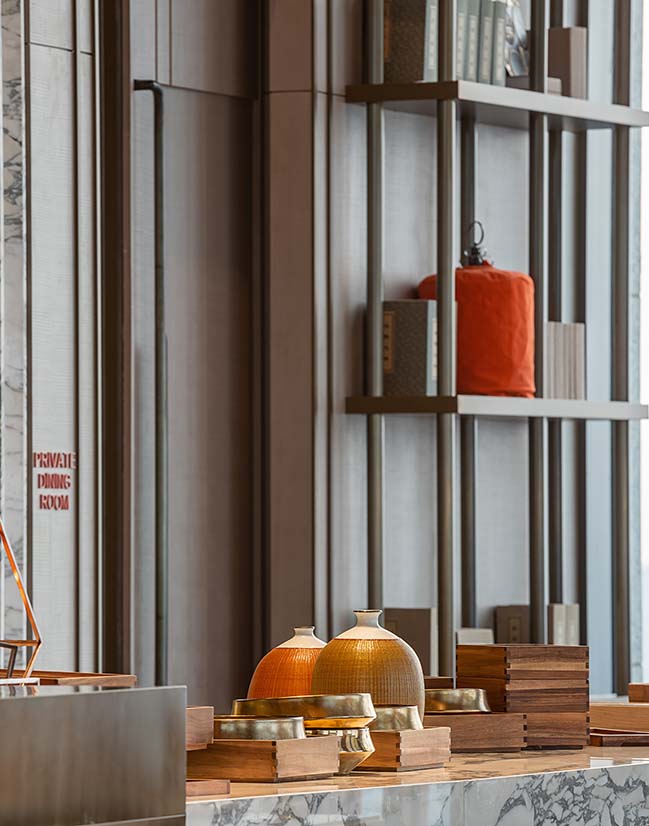
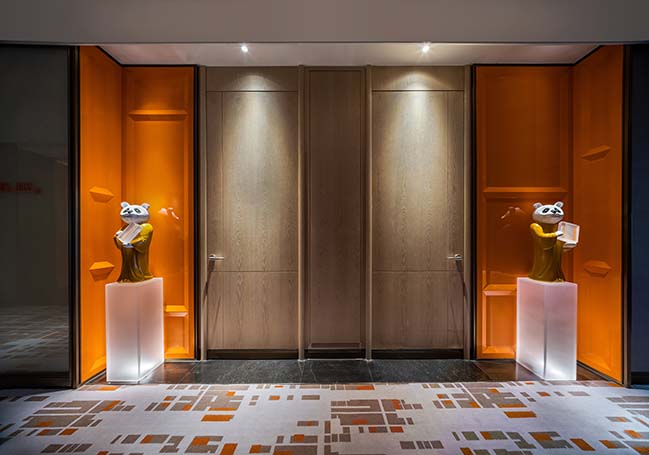
Canopy's unique brand color - bright orange has been applied throughout the design to bring guests a positive and beautiful life aspiration in the elegant walkway to experience the vitality and fashion. The panda in front of each guestroom in different poses, sitting or standing, or lying, or holding a book with a room number in his hands, as if they are welcoming the owner to go home and making people feel interesting and warm.
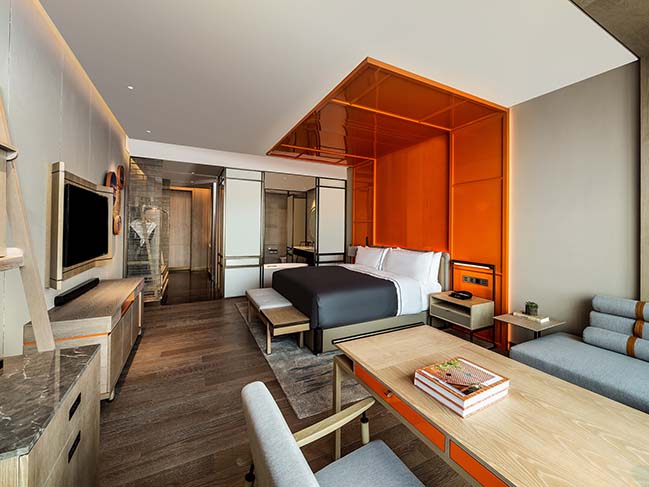
Guest room: through the market, eventually arrived at the reception, which is named "Gaosheng Dian". Pushing into the door, there are books and tea, here, guests can unload the fatigue of the journey, and settle their mind.
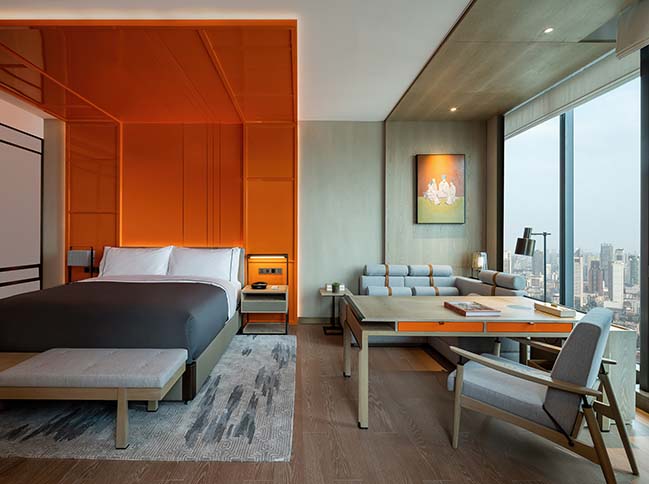
The relaxation and pleasure after entering the guestroom is represented through the quaint texture and exquisite details, showing the calm and unpretentious attitude of life, build a balance in the selection, composition and color.
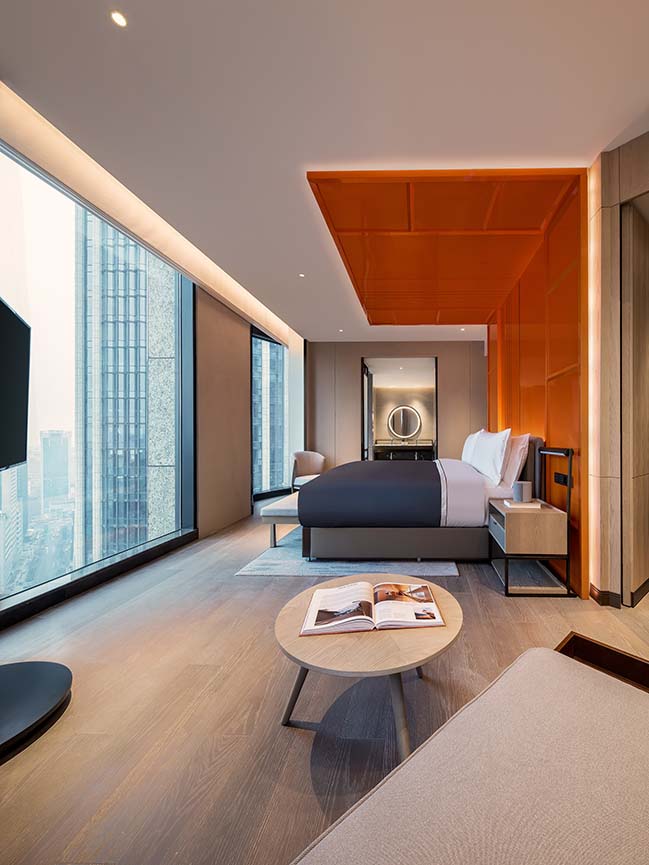

The design concept of the guestroom originated from the idea of "Gong Yuan" and inspired by the film "A Chinese Ghost Story" to connect the whole design to the project. The Canopy brand classic L-shaped bedside, as well as the bedside table inspired by the actor in "A Chinese Ghost Story" Leslie Cheung's backpack, the shower space of the rice paper laminated glass, also comes from the classic scene of the film - Leslie Cheung breaking through the doors and windows made of Xuan paper, the designer has used the modern techniques to interpret the ancient paper doors and windows, so that the whole design is closely related to the story in terms of form, image and material.
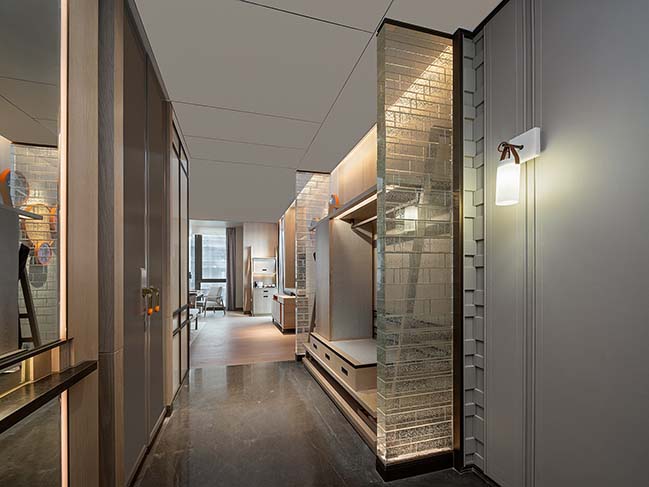
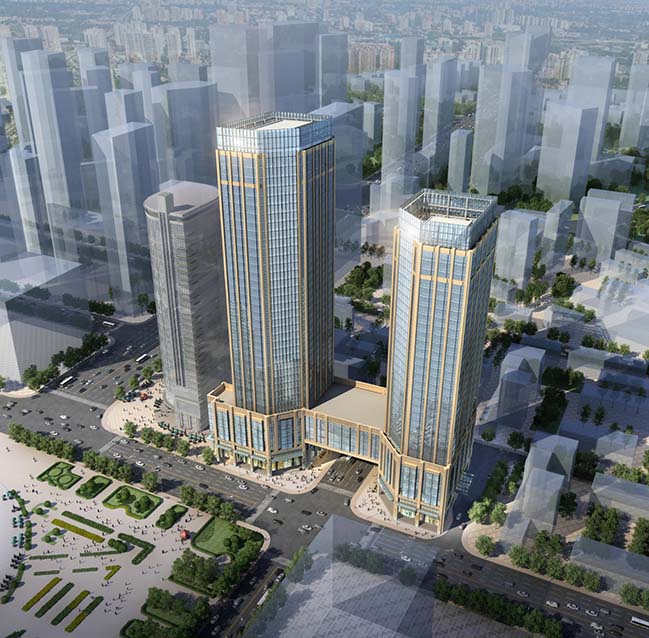
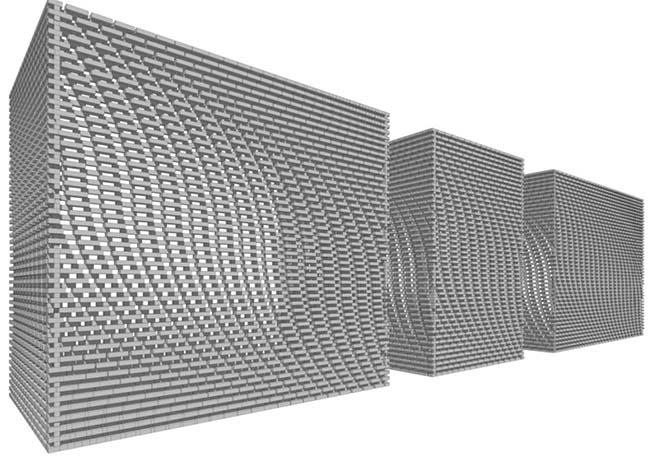
The blue brick wall inherits the cultural memory of Chengdu, and the traditional brick wall is translated by modern digitalization to capture the instantaneous state of the time dimension and form the expression of the dynamic curve.
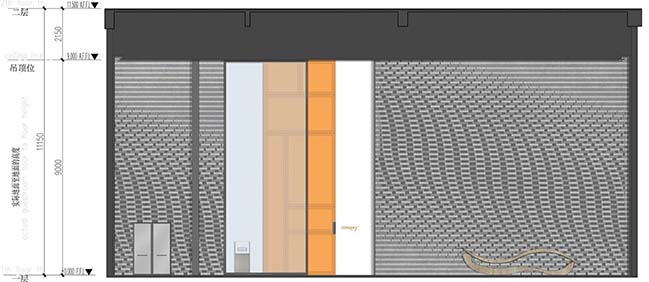

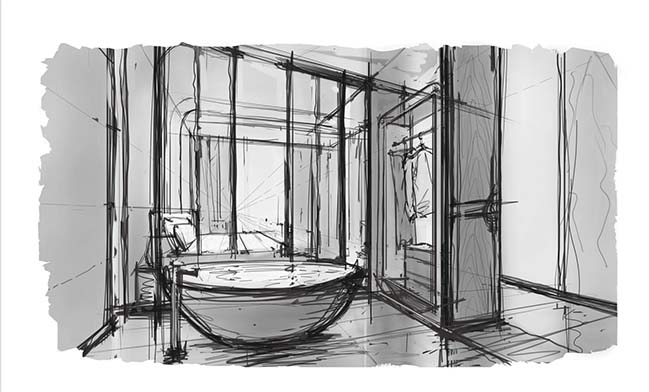
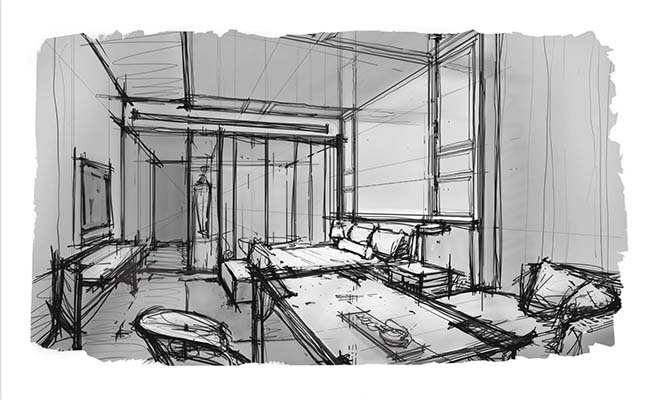

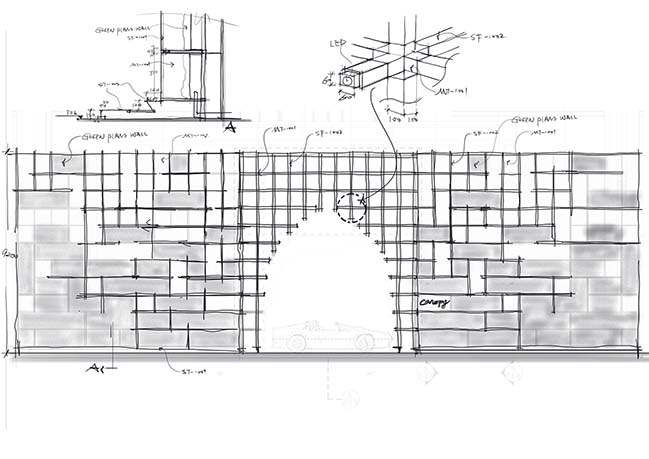
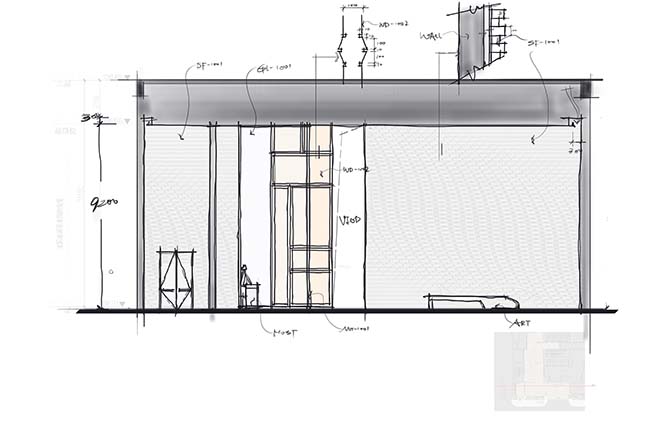
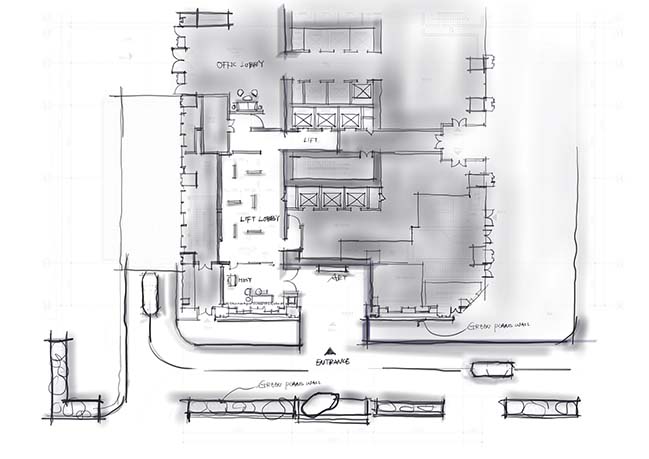
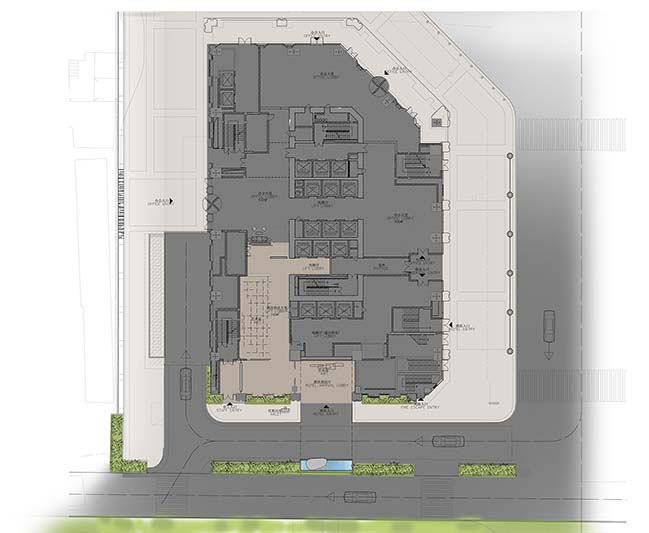
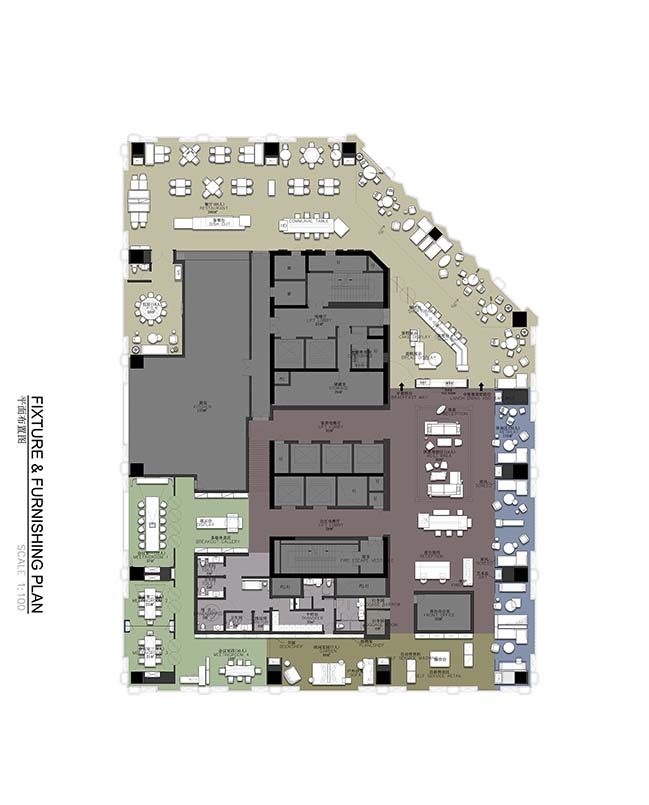
The First Canopy by Hilton in Asia Pacific Region by CCD / Cheng Chung Design (HK)
07 / 28 / 2019 The first Canopy hotel in Asia Pacific - Hotel Canopy by Hilton Chengdu City Centre is located in the city that is customer-focused that emphasized on the experience...
You might also like:
Recommended post: Shanghai Luye Lilan Hospital by Foster + Partners
